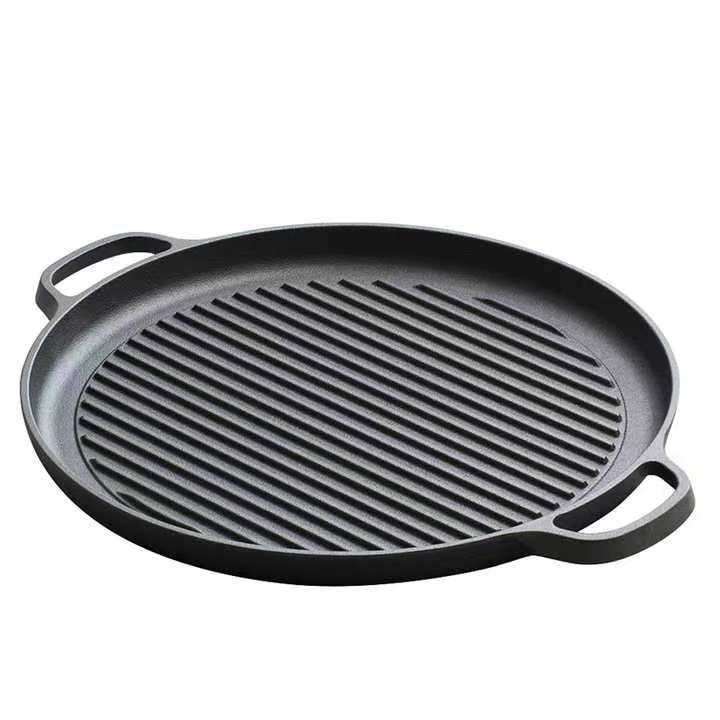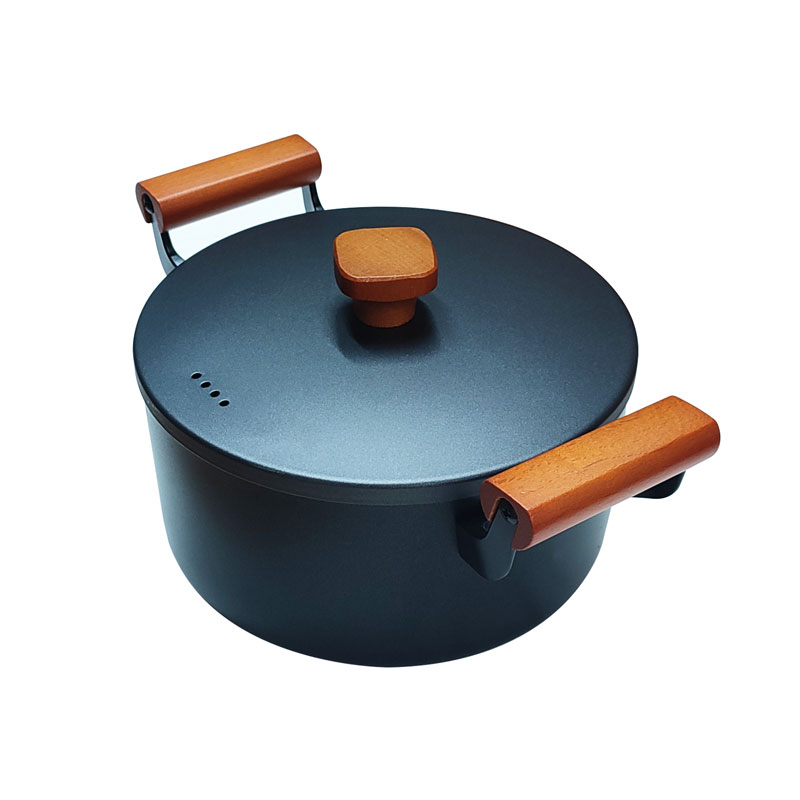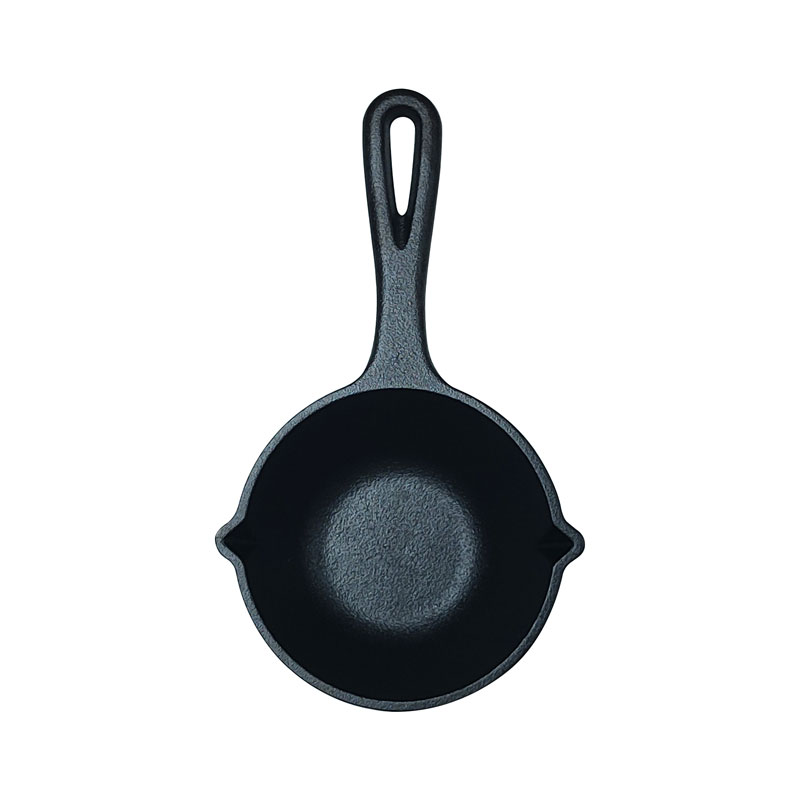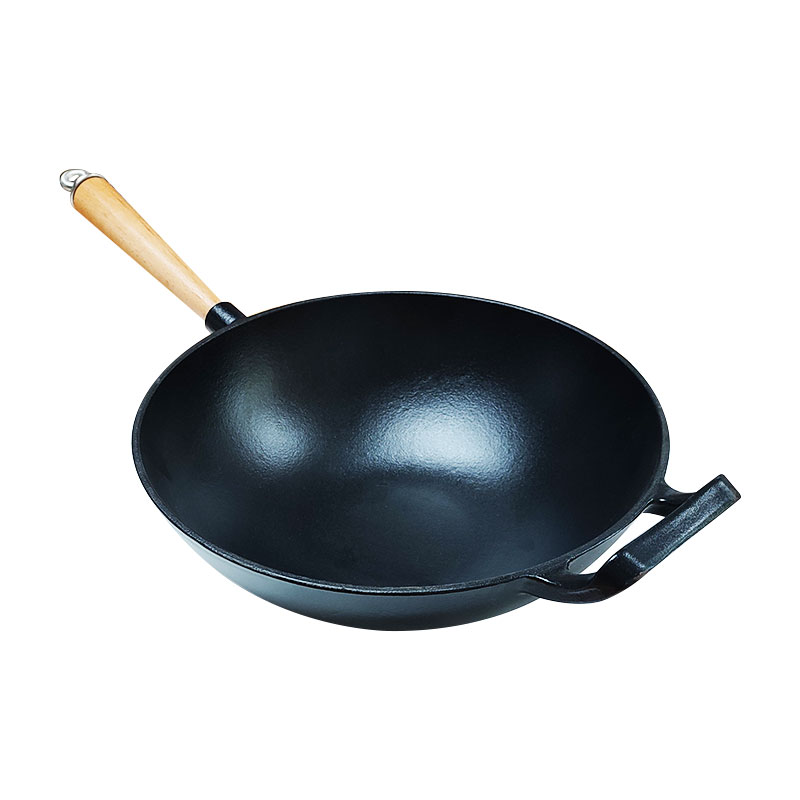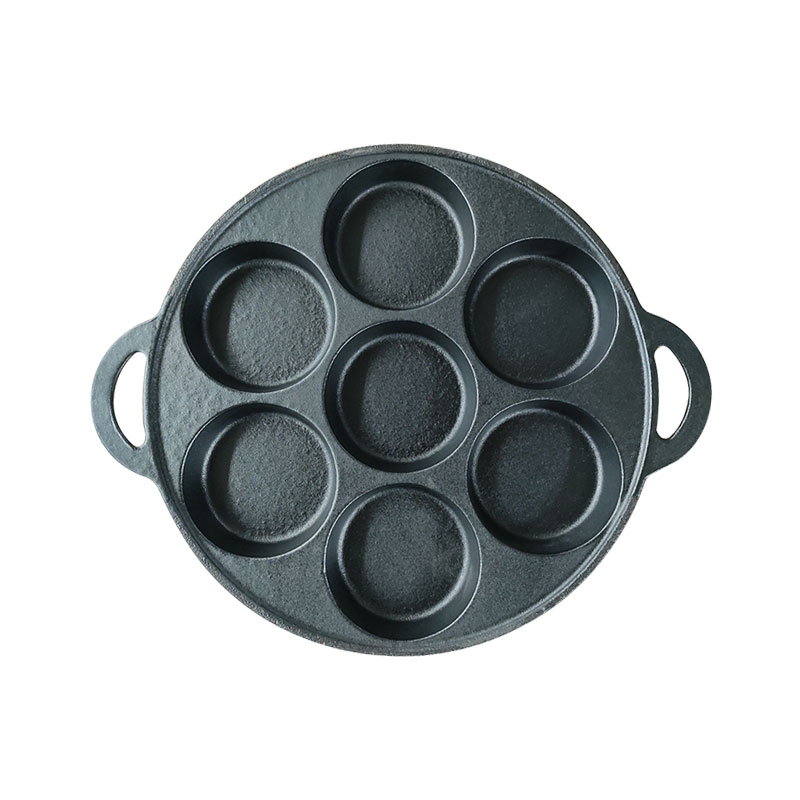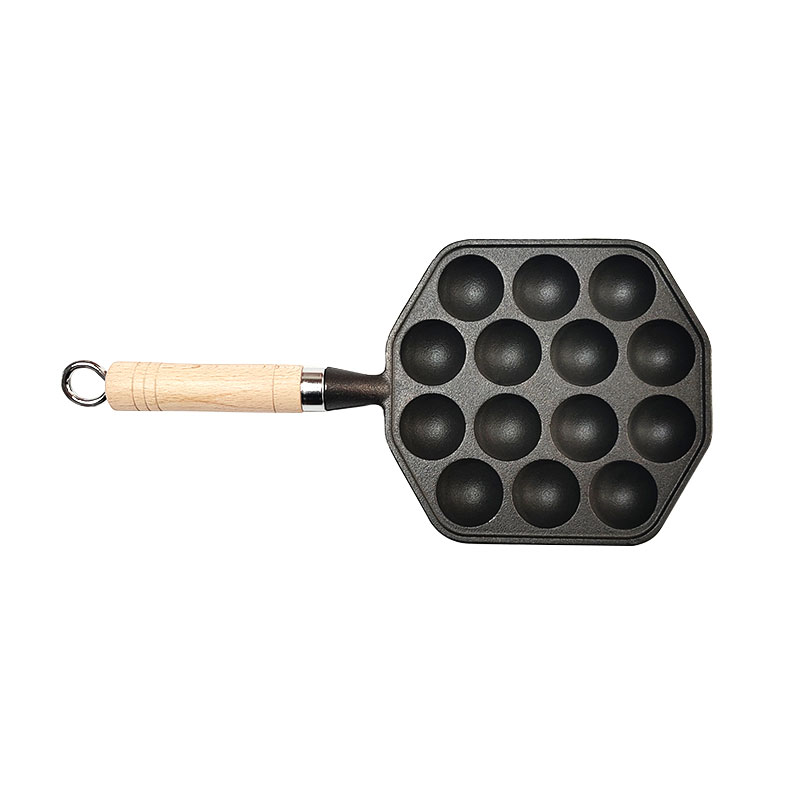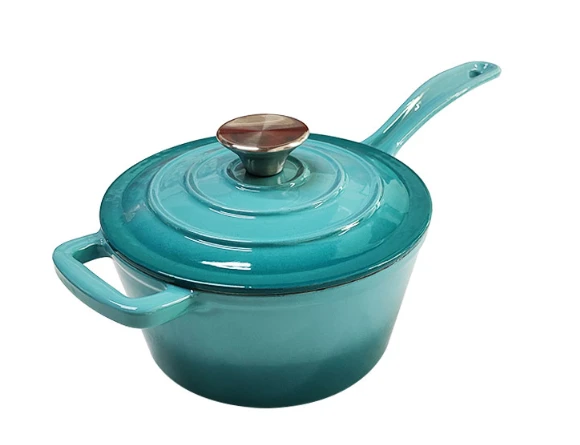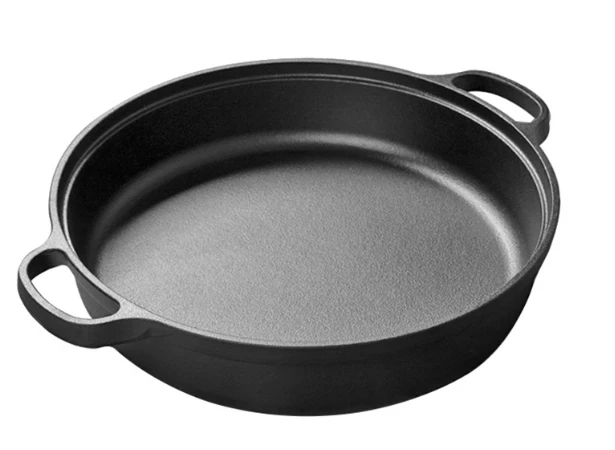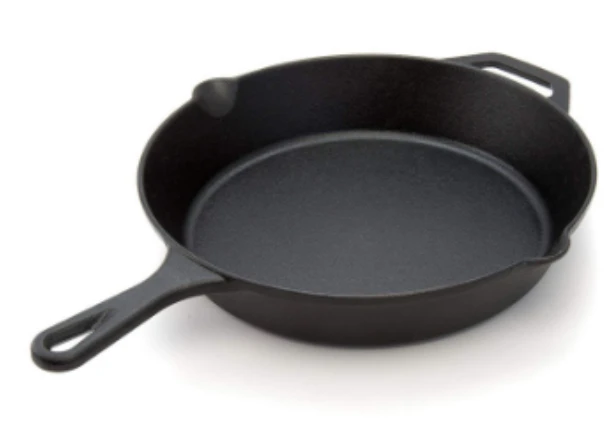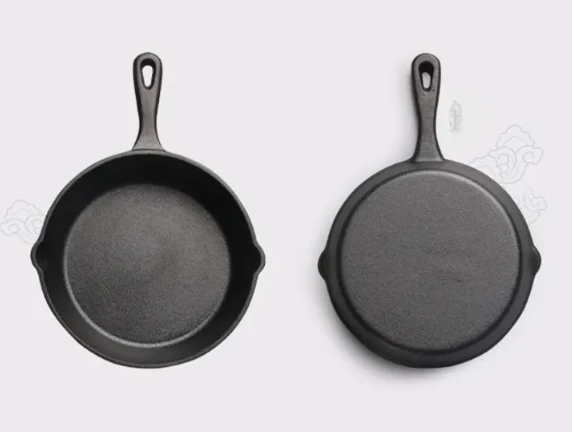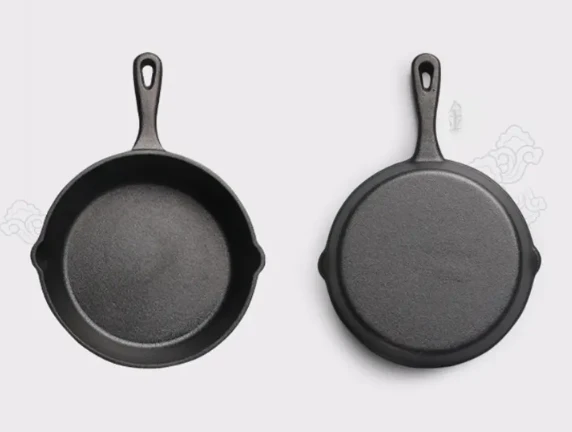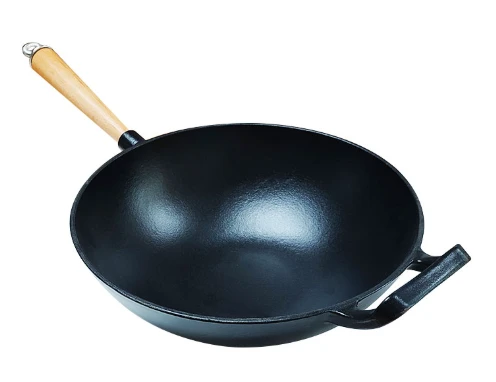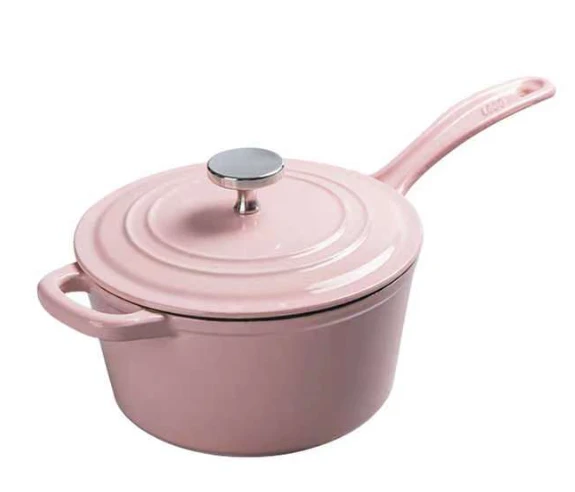- Āfrikas
- Albāņu
- amharu valodā
- Arābu
- Armēņu
- Azerbaidžāņu
- Basku
- baltkrievu
- Bengāļu
- Bosniešu
- Bulgāru
- Katalāņu
- Cebuano
- Korsikāņu
- Horvātu
- Čehu
- Dāņu
- Holandiešu
- Angļu
- Esperanto
- Igauņu
- Somu
- Franču
- Frīzu
- Galisiešu
- Gruzīnu
- Vācu
- Grieķu
- Gudžaratu
- Haiti kreolu valoda
- Hausu
- havajiešu
- Ebreju
- Nē
- Miao
- Ungāru
- Islandiešu
- igbo
- Indonēziešu
- īru
- Itāļu
- Japāņu
- javiešu
- Kannadu
- kazahu
- Khmeru
- Ruandas
- Korejiešu
- Kurdu
- Kirgizstāna
- Darbaspēks
- Latīņu
- Latviešu
- lietuviešu
- luksemburgiešu
- Maķedoniešu
- Malagasiešu
- Malajiešu
- Malajalu
- Maltiešu
- Maori
- maratu
- Mongoļu
- Mjanma
- Nepāliešu
- Norvēģu
- Norvēģu
- oksitāņu
- puštu
- Persiešu
- Poļu
- Portugāļu
- Pandžabu
- Rumāņu
- Russian
- Samoa
- skotu gēlu
- Serbu
- Angļu
- Šona
- Sindhi
- Sinhalu
- Slovāku
- Slovēņu
- Somālijas
- Spāņu
- Sundiešu
- svahili
- Zviedru
- Tagalogu
- Tadžiku
- Tamilu
- tatāru
- Telugu
- Taizemes
- Turku
- Turkmēņu
- ukraiņu
- Urdu
- uiguru
- Uzbeku
- Vjetnamiešu
- Velsas
- Palīdzība
- Jidišs
- Jorubu
Pre-Seasoned Cast Iron Egg Frying Pan FAQ Guide
Is This Cast Iron Skillet Really Non-Stick?


Yes, it is pre-seasoned with natural oils, creating a non-stick surface that improves with continued use and proper care.
What Size Is This Skillet and How Many Eggs Can It Cook?


Sizes vary by model, but most are designed to cook 1 to 3 eggs at once—ideal for personal or small-batch cooking.
Can I Use This Skillet on All Heat Sources?


Yes, the skillet is compatible with induction, gas, electric, ceramic cooktops, and is also oven-safe (handle material permitting).
How Should I Clean the Pan Without Damaging the Seasoning?


Clean with warm water and a soft sponge. Avoid using soap or dishwasher. Dry immediately and apply a thin layer of oil after each use.
Is This Skillet Suitable for Wholesale or Custom Branding?


Yes, it’s available for bulk orders and supports custom logo branding, packaging, and labeling for retailers or promotional use.


Jautājiet tūlīt par čuguna virtuves piederumu piedāvājumiem
Lūdzu, aizpildiet zemāk esošo veidlapu, un mūsu komanda sazināsies ar jums, lai sniegtu cenu, produkta informāciju un pielāgošanas iespējas.










